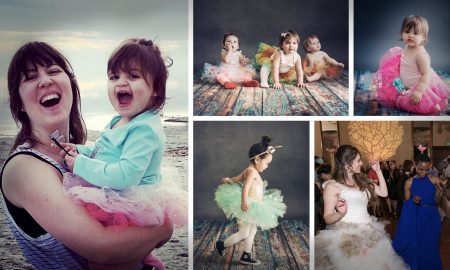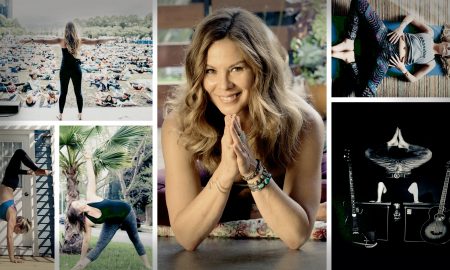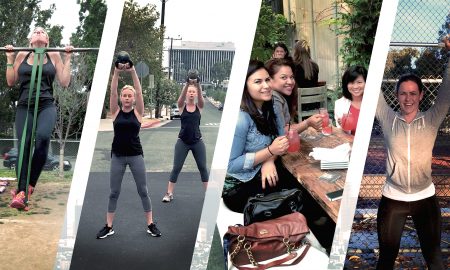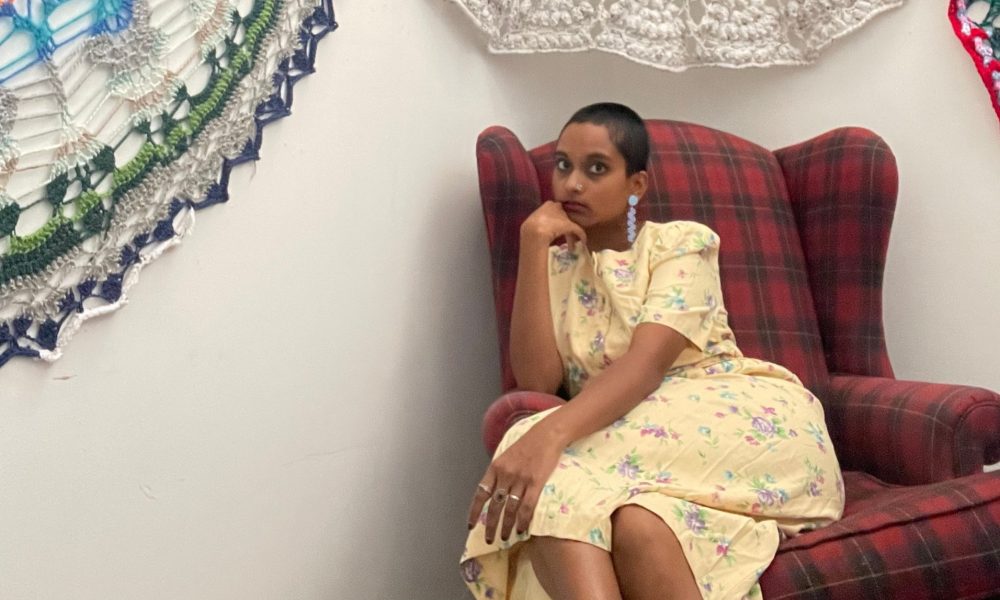

Today we’d like to introduce you to Malavika Rao.
Malavika, we appreciate you taking the time to share your story with us today. Where does your story begin?
I was born in Chennai, India, and grew up between India and the US. After completing high school in Bangalore, I moved to Kalamazoo, MI to pursue a BA in Art and Religion. After graduating, In addition to developing an independent studio practice, I worked in the Museum Education department at the Kalamazoo Institute of the Arts for about a year. I loved my time at the KIA. My work there included organizing educational activities related to exhibits at the museum for local youth and families. Engaging with the Kalamazoo community through art kickstarted my passion for education and arts education in particular.
I later moved back to Bangalore and started a two-year teaching fellowship at Teach for India. I taught 4th, 5th, and 8th grades in two under-resourced government-run schools in the city. Though I wasn’t specifically teaching art during this time, I was still incorporating arts education into the curriculum I was building. The development of my own identity as an artist began when I was in high school. Having the opportunity to study art as a teenager opened my eyes to a world of possibilities for the future, not only in terms of personal career aspirations but also, more importantly, in terms of a collective future for the world. I wanted to facilitate access to these possibilities for my students. I truly believe that as artists, we have the unique opportunity to be catalysts for change and to mobilize communities’ existing power. Art is an effective tool for community and self-empowerment, but not everyone is given access to that tool. It is important for me to bridge the gap to that access whenever and wherever I can.
When my fellowship ended, I moved to LA to pursue an MFA at the California Institute of the Arts. I recently exhibited my thesis work on campus, an immersive installation that consisted of ceramic, textile, and crochet work. As I approach the end of my program, I’m starting to think about what’s next. I’m hoping to get back to teaching, expand my community in LA, and keep the exploration going in the studio. Not sure what’s in store for me, but I am excited to figure it out.
We all face challenges, but looking back would you describe it as a relatively smooth road?
Being the first artist in a family of engineers was a tough thing to negotiate. It still is. Constantly having to defend my choice to become an artist is exhausting. It is not a career in the traditional sense, and I think that makes my parents anxious about my future. When I first started teaching, I had a huge fight with my father. He believed I was giving up and wasting my education, and I was resentful that he couldn’t see the value in what I was doing. I’m trying to be more understanding of where they’re coming from because, at the end of the day, I think they want the best for me. I am very privileged to be able to pursue art, but It can be very disheartening to feel like your parents don’t believe in what you’ve ultimately chosen to do with your life. I’m patient though, I think they’ll come around.
Can you tell our readers more about what you do and what you think sets you apart from others?
Recently I’ve been working with crochet, quilting and ceramics. I am drawn to craft because it grants me the power to travel through time. The knowledge of craft is typically passed down through interpersonal relationships, generally between women. When I crochet, I can feel the echoes of their histories in the yarn. I can sense the remnants of their labour. My mother taught me how to sew, her mother taught her. My sibling and I learnt how to crochet with each other. To me, these relationships, specifically the ones that develop within the domestic space, are inextricably linked to craft, they are the intertwining threads of what sustains the practice of love.
My most recent work is rooted in the imaginary worlds I created for myself as a child. These worlds existed in the unrealized spaces of my home, underneath the dining table and at the back of closets. I aim to harness the protection that these hidden spaces provided for my childhood self. To heal, I need to be vulnerable, I need to feel safe. The worlds I try to build are not just for my own healing, they are for all versions of me, past, present and future. They are for my ancestors and my descendants. They are for the people I love. My main priority with my work is to manifest a future space that can be a realm of healing, resistance and love.
Can you talk to us a bit about happiness and what makes you happy?
I think it’s crucial for me to try to find even the smallest amount of joy in the every day so I don’t get bogged down by everything happening in the world around me. Recently I’ve been enjoying watching the hummingbirds that visit my back porch. They’re no longer very cautious when I’m around, so I can get pretty close. It feels good to share space with them.
Contact Info:
- Website: www.malavikarao.com
- Instagram: @malt.liqua

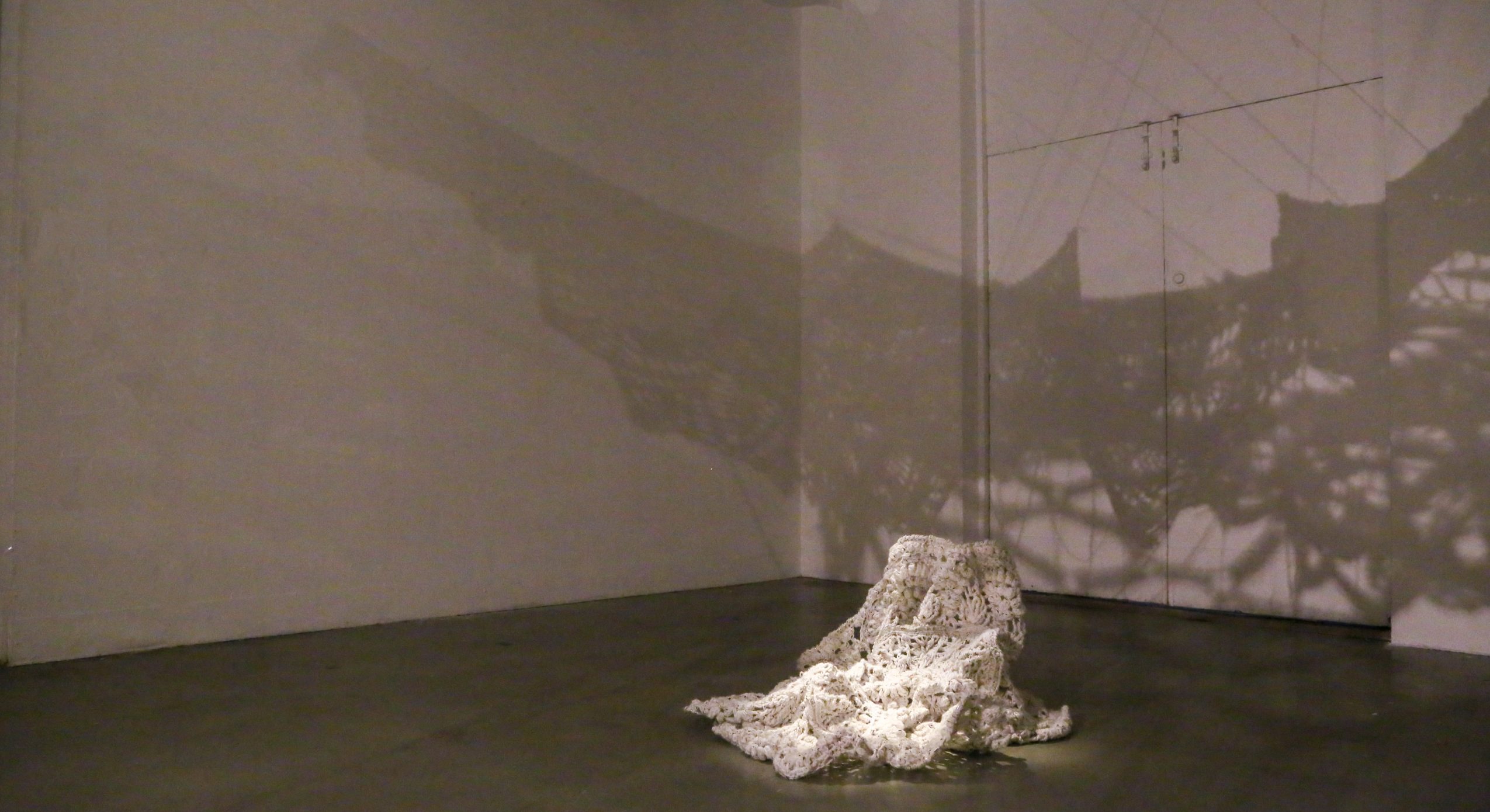

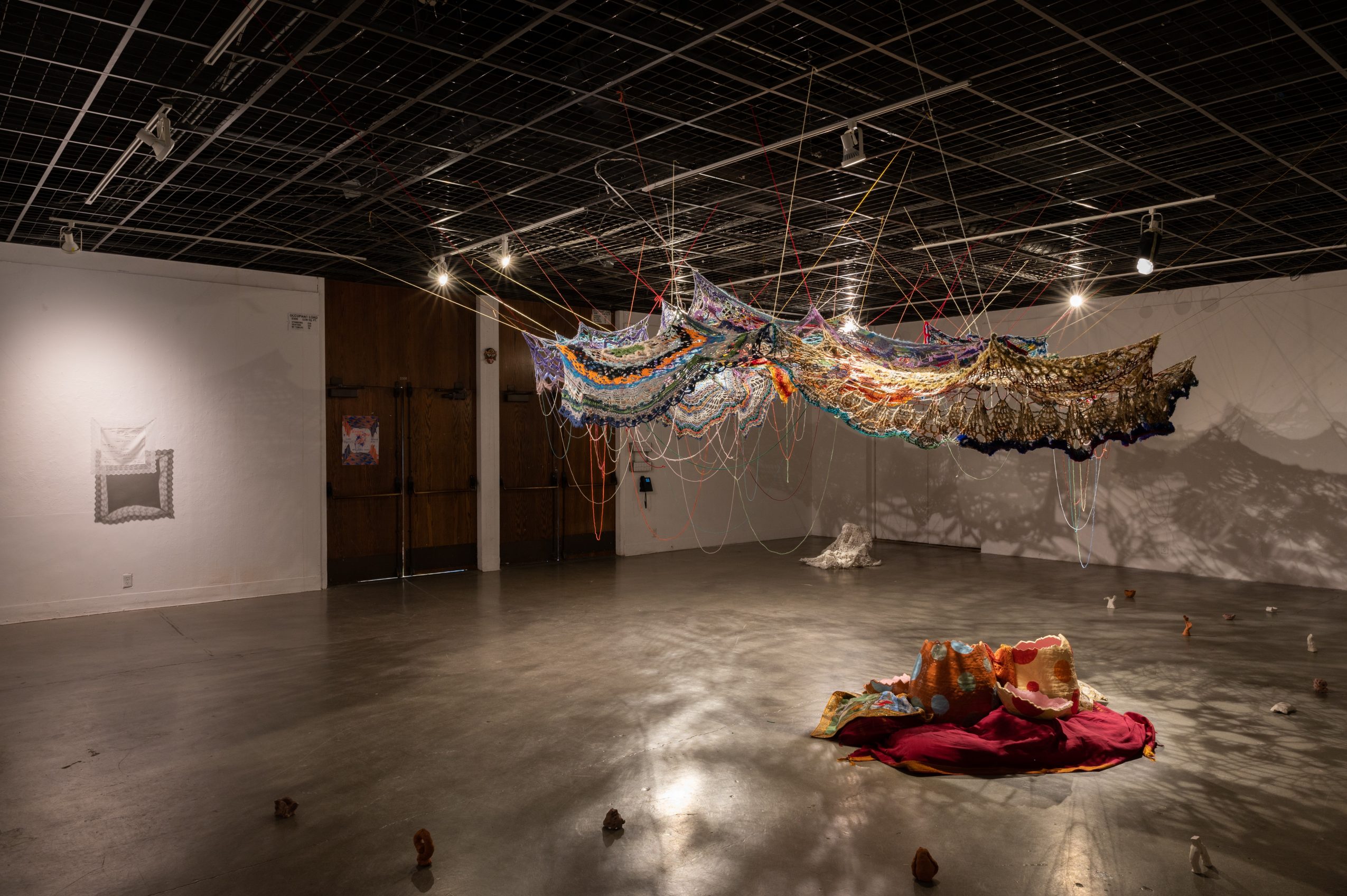


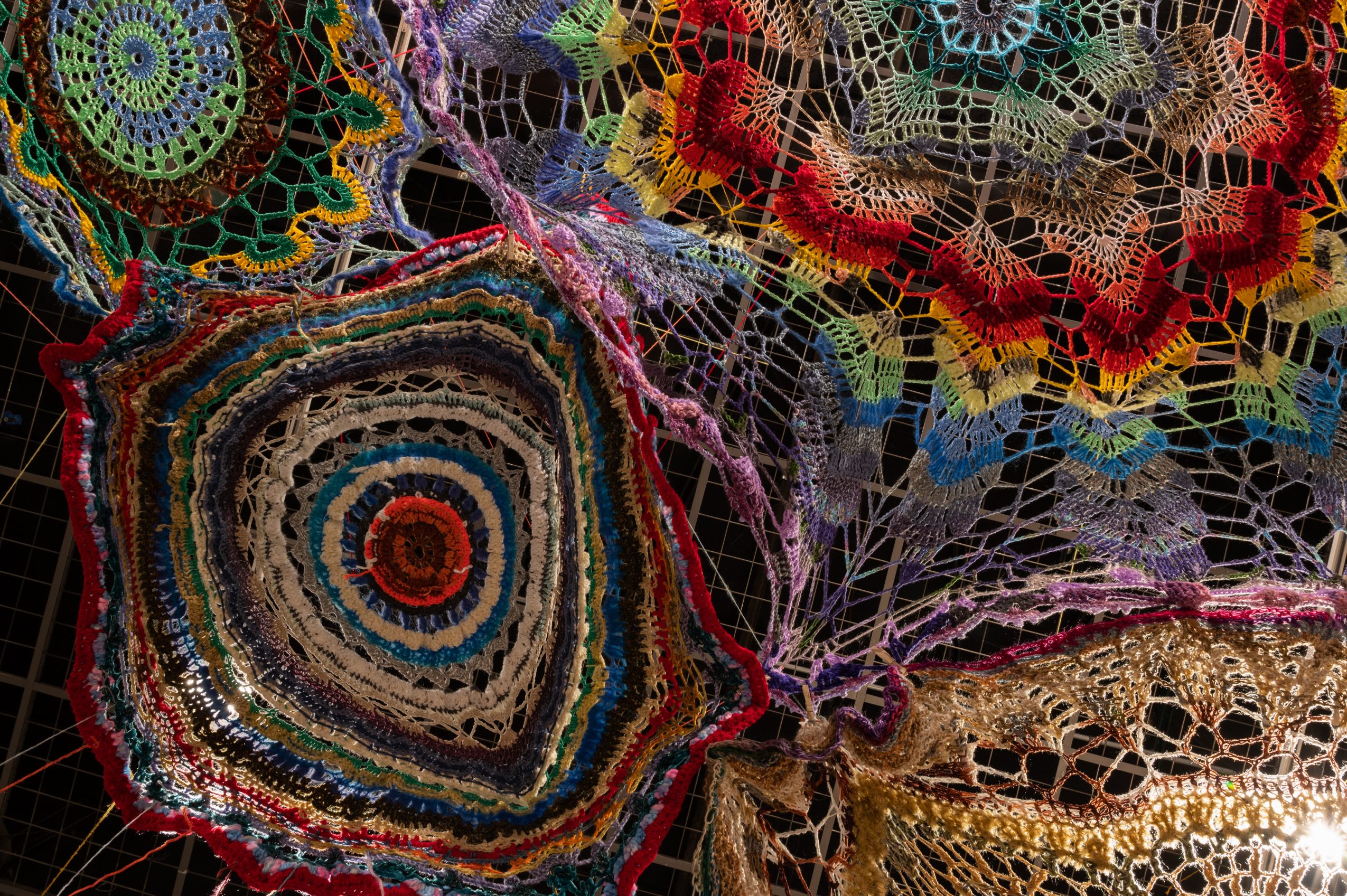

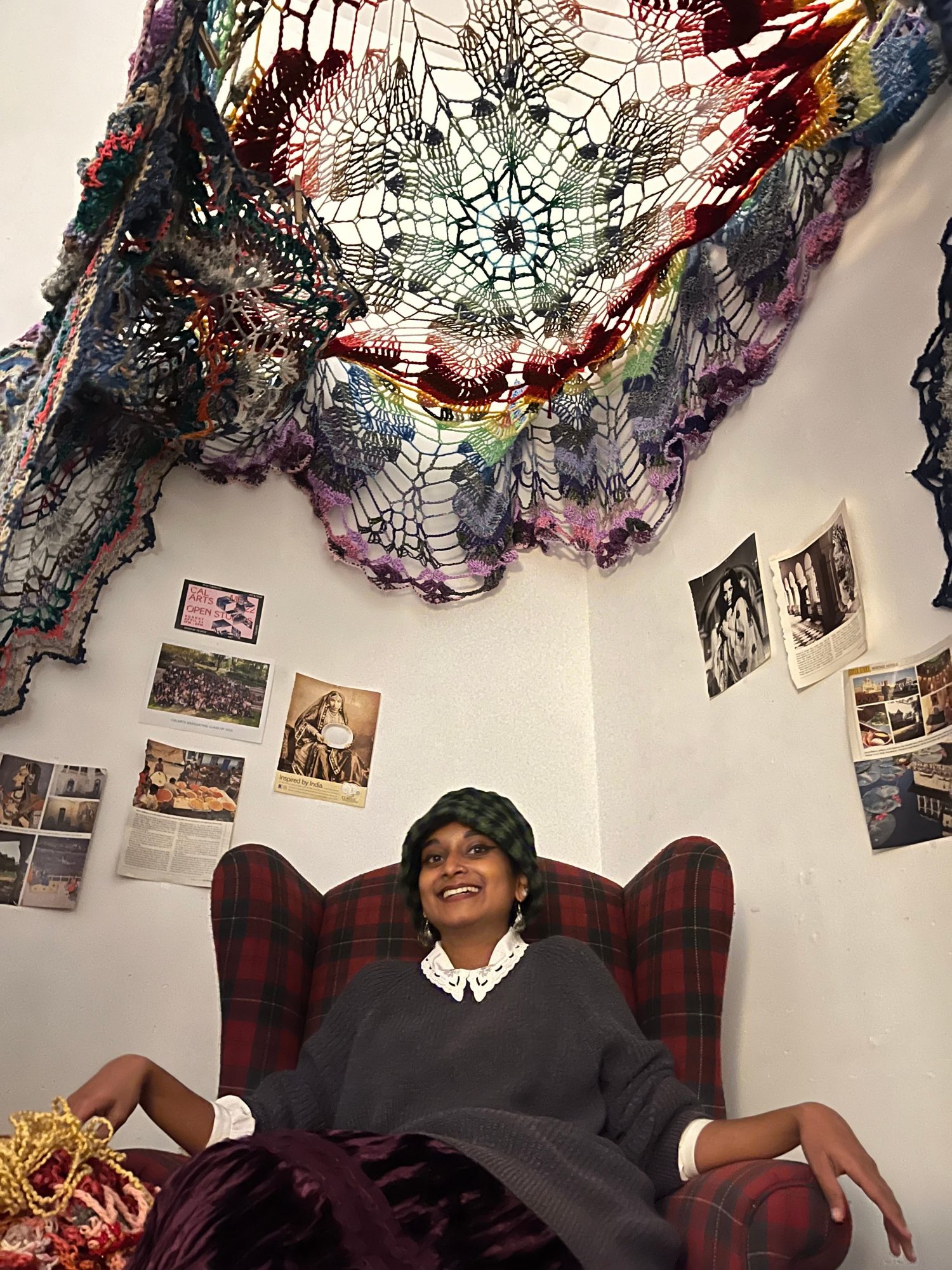
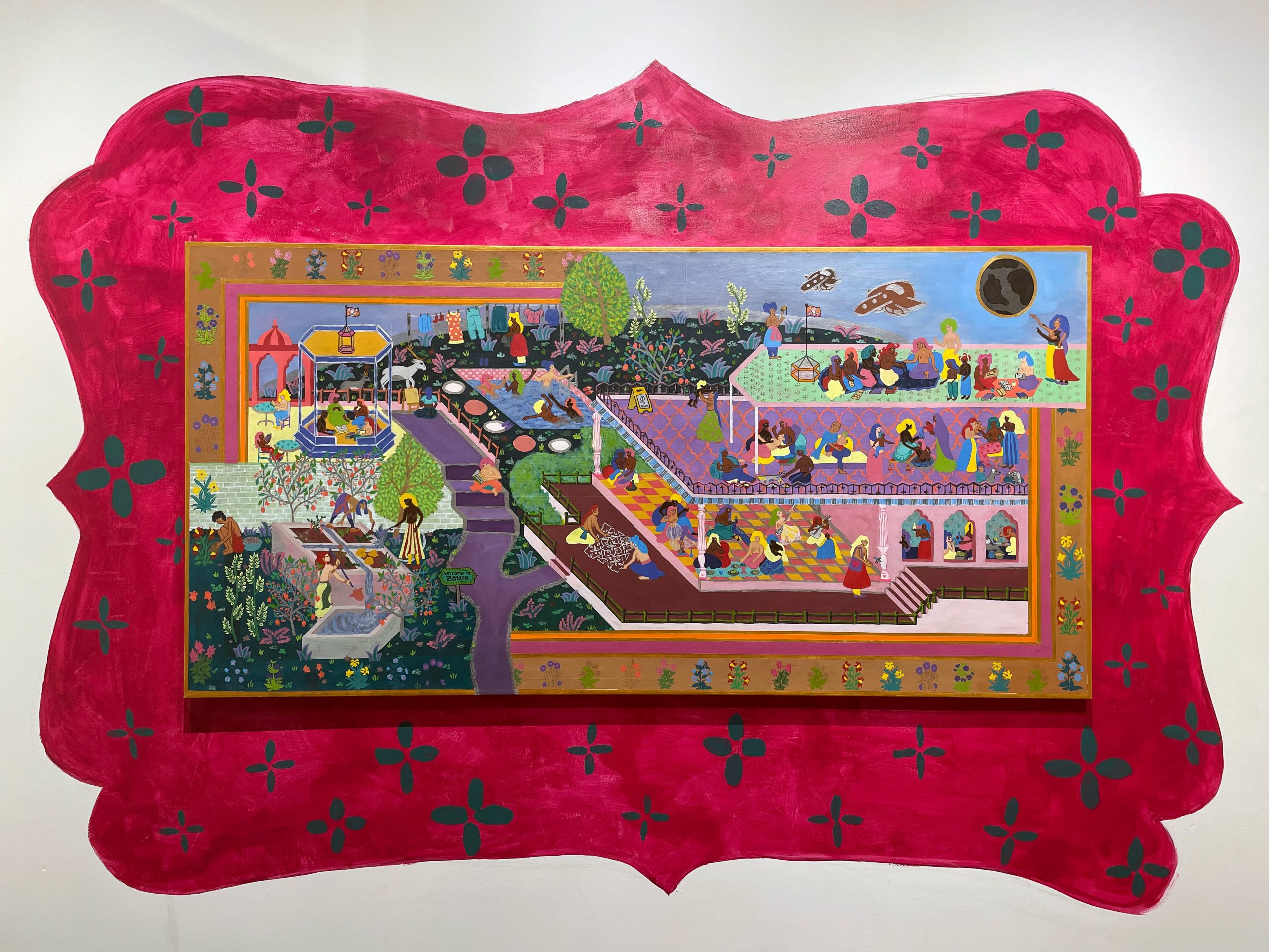 Image Credits
Image Credits
Nick Lee


